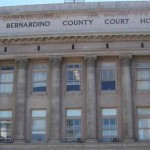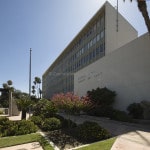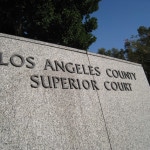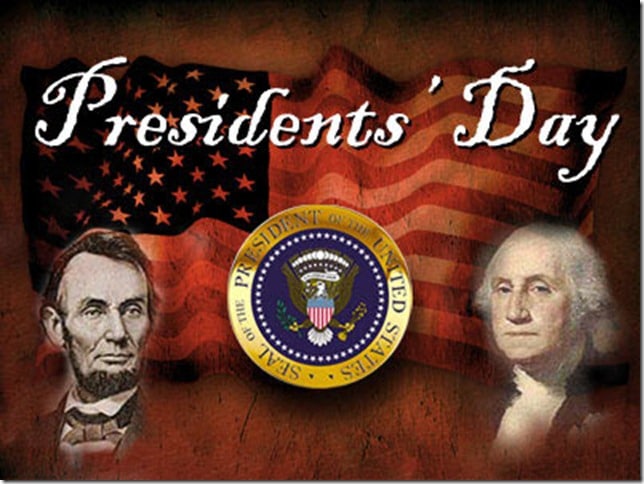
Social media networks have connected millions of people and businesses around the world. In particular, process servers are using social media channels to identify the whereabouts of individuals to effectuate service of process.
Because of the ease social media presents in locating people, courts and state legislators are considering new laws to allow for service of process through social media channels.
Read on to learn how the traditional service of process methods are evolving with current social technological advances and the possible dangers courts may endure for improper service of process through social media channels.
Traditional Service of Process
A plaintiff in a legal proceeding is required to personally serve and deliver the summons and complaint of their cause of action to each named defendant. This specific court requirement is known as service of process.
Traditionally, service of process within the Unites States is achieved by the following means:
1. Personal Service
2. Service By Mail
3. Substituted Service
4. Service of Process by Fax and/or Email (limited in most jurisdictions).
Traditional methods of service typically work in most circumstances; however, there are times in which service cannot be achieved. For instance, service of process may not be achieved if a defendant evades service, or the whereabouts of the defendant is hard to determine.
Courts throughout the United States appear to be considering the approval of service of process through social media channels when other traditional service methods are not feasible.
Service of Process through Social Media Channels
State legislators are starting to consider whether service of process can be effectively achieved through social media channels. In particular, bills are being proposed to allow for service of process through social media channels such as Facebook, Twitter, or MySpace.
Texas State Representative Jeff Leach recently introduced a bill to the state legislator that would allow for service of process through social media channels. If enacted, Texas House Bill 1989 will take effect September 1, 2013.
Some state and federal courts have also authorized service of process through social media channels. For instance, the Utah State Court website offers a Proof of Service form that allows process servers to state how they electronically communicated with the intended recipient.
Further, the United States District Court Judge Paul Englemayer, of the Southern District of New York, recently allowed the Federal Trade Commission to serve legal documents upon five defendants in India by sending a Facebook message to each named defendant. Opinion and Order: Federal Trade Commission v. PCCare247 Inc., et. al. – Case No. 12 Civ. 7189 (PAE).
Based on current practices, it appears that more state legislators and federal courts may begin to accept service of process through social media channels.
Dangers of Service of Process through Social Media Channels
There are countless legal professionals who do not support service of process through social media channels. The number one reason most legal professionals do not support the alternative service of process method is due to the lack of authentication and validity of the defendant receiving proper service.
Below you will find two common concerns legal professionals have voiced regarding service of process through social media channels:
1. How can the identity of the defendant be authenticated?
A main issue of concern amongst legal professionals regarding service of process through social media channels is whether the defendant’s identity can be properly authenticated.
For instance, a named defendant may have similar demographics with other social channel users within the same locale. How would a process server determine that they are serving the correct person?
Some legal professionals state that corroborating evidence could be used to determine the validity of the defendant’s identity. The specifics of “what” corroborating evidence is still being determined.
2. How will process servers validate delivery of service?
Another concern that is raised is how the process server will validate delivery of service. Well, it may be hard for a process server to guarantee that the named defendant did actually receive notice of service through their social media account. Most likely, corroborating evidence will need to be used to prove this concern as well.
Looking at recent trends, it is safe to say that more states may begin to adopt legislation outlining methods in which process servers can serve legal documents through social media channels.
Attorney’s Certified Services administers process serving throughout California. Contact us at (888) 514-5067 to learn how we can help you serve your legal documents. Our experienced process servers are registered, bonded and ready to assist you. Give us a call and DISCOVER THE DIFFERENCE! Click here for a FREE QUOTE!
Sources
The Texas Tribune
Texas Legislator Introduces Bill That Would Allow Legal Papers to Be Served To People’s Social Media Accounts – By: Tim Cushing
Texas Bill Would Make Service via Facebook the Law – By Nick Nelson













